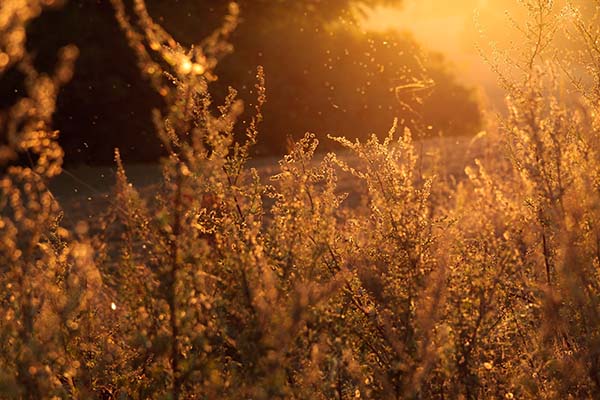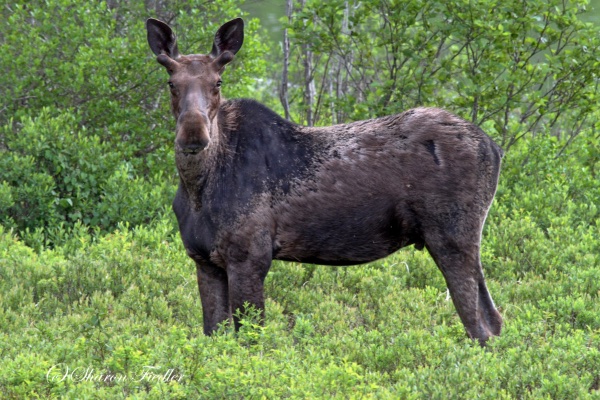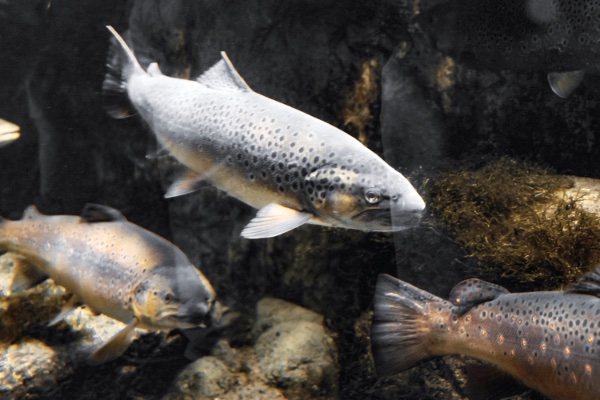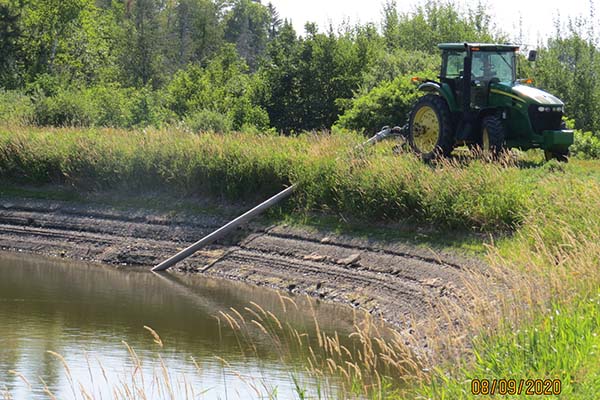
Impacts of Climate Change Across Maine
Jack Sullivan, Island Institute
What’s Coming Our Way
Climate change impacts are already sweeping across Maine. As the state continues to warm faster than the global average, climate change will affect the ecosystems and way of life in all regions.
Click on any zone to view examples of current and expected impacts from climate change in your area.
Northern Climate Zone

Landscape
Maine’s average temperature has risen over 3°F since 1895 statewide. Warmer temperatures and more winter rain are leading to shallower snowpack and earlier spring snowmelt and runoff in Maine rivers. Future spring runoff is expected to occur up to 10 days or more earlier in northern Maine. Changing snow and runoff patterns will impact everything from water quality to winter sports.

Infrastructure
Travel on Maine’s unpaved logging roads will become riskier with warmer winters and increasingly intense downpours affecting the number of days the roads remain frozen. Fewer frozen days puts the forest floor and roads at higher risk of rutting and soil compaction from heavy machines as loggers seek to adapt. Threats to Maine’s forest roads will increase as temperatures rise.

Health
Plant-based allergens have longer to affect Mainers during the year due to longer summers and shorter winters. The length of the pollen season and the amount of pollen produced will likely increase with rising temperatures and carbon dioxide concentrations. Asthma and hay fever are also likely to increase with climate change and may disproportionately impact the Northern Climate Zone, which already has a higher rate of asthma-induced emergency department visits compared with other Maine areas.

Ecosystems
Moose are iconic in Maine and provide a good example of how climate change can make existing threats worse. Moose populations in western Maine and northern New Hampshire have declined in recent years due to increased winter tick outbreaks, which are expected to continue expanding northward with climate warming. In recent outbreaks, an estimated 70% of moose calves in western Maine have died due to blood loss, some found with up to 70,000 ticks. Winter ticks may also affect the ability of adult cow moose to bear healthy calves.

Heritage / Natural Resource Industries
Maine’s farms will experience both benefits and costs from warming temperatures such as longer growing seasons and lower heating costs, but also heat stress to workers, crops and livestock and higher cooling costs. Increased frosts/freezes and unpredictable precipitation are expected to grow. Plant hardiness zones will shift northward with future warming, making Maine’s climate more suitable for some kinds of crops (e.g., corn and soybeans) and potentially more challenging for others (e.g., wheat, wild blueberries).

Recreation
Warmer winters will shorten snowmobile, ice fishing, ski and snowboard seasons and increase snowmaking requirements and associated costs. Several fish, bird, and mammal species of interest to wildlife watchers, hunters and fishermen will be affected by climate change impacts like rising temperatures, more frequent downpours and local flooding, and drought. Vulnerable inland fish include Eastern brook trout, Arctic charr, lake whitefish, lake trout and some salmon species.

Economy
Agriculture provides up to 10% of all jobs in Northern Maine. Economic modeling done for the Climate Council has shown that decreases in agricultural output due to climate change would have proportionate impacts on agricultural jobs. The impact that climate change will have on jobs in Maine’s agricultural industry is unclear due to potential benefits as well as greater risks. However, as temperatures rise, the risk of severe weather increases the potential of negative impacts to agricultural jobs.